The Rolex Explorer II: Black or White?
The Rolex Explorer II has become one of the most popular, if not revered, modern exploration watches from any brand at any price point. It was built for a very specific purpose, but turned out to be applicable for all sorts of adventures given its capable design and specifications. Looking at Instagram, I've noticed a trend of enthusiasts discussing which Explorer II reference they prefer. Most seem to lean toward the “Polar” dial Explorers (white dials), with one reference as a particular favorite: the Explorer II 16570. This reference is labeled by some as the last great Rolex Explorer II. Given this trend, I thought we could explore the model line, examining which Explorer II (black and white dials) could be considered the best. What advantages do these references have over each other? 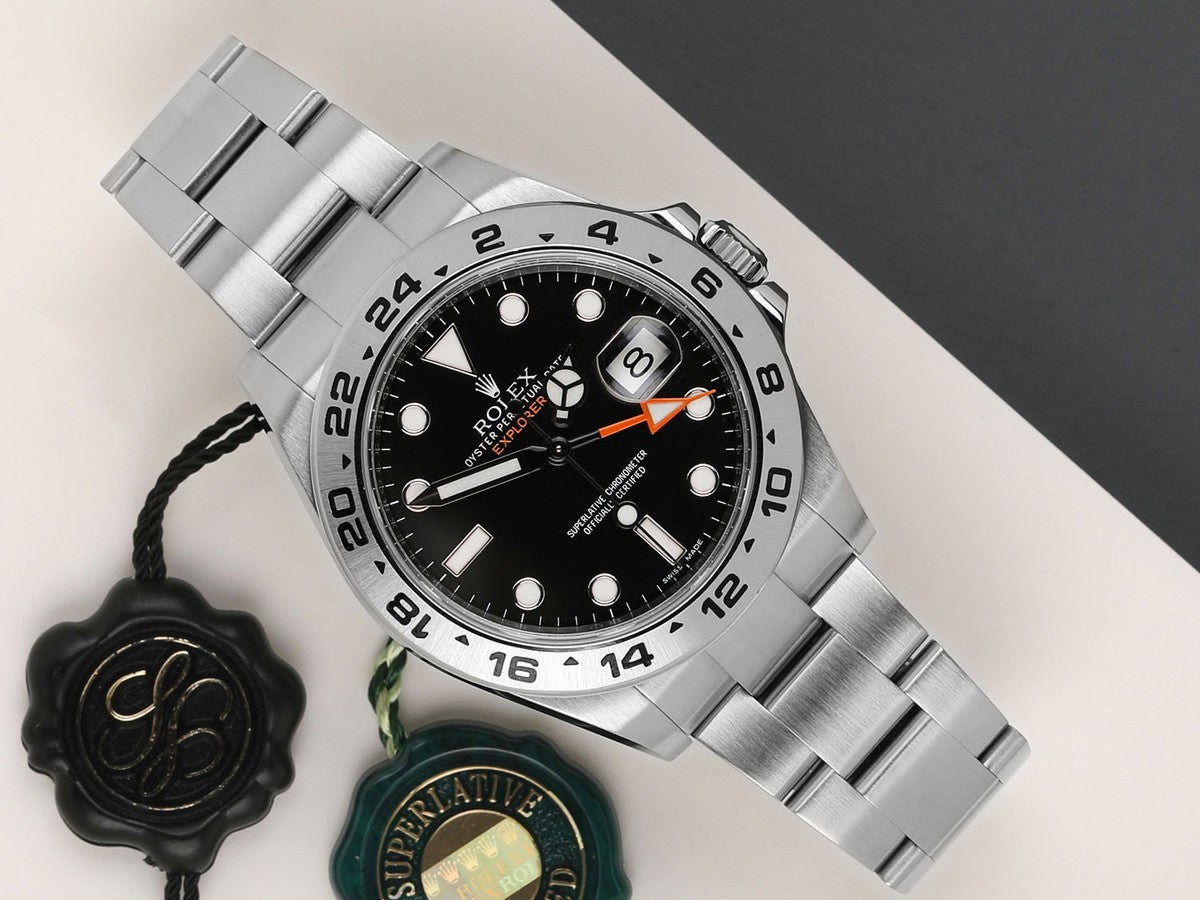 Source: www.montro.com
Source: www.montro.com
Looking Back at the History of the Explorer 2
As I wrote here, the Explorer II was launched in 1971 with reference 1655, and it was something quite unique. Although Rolex had already released some extraordinary sports models by 1971 —the Explorer I, Submariner, etc.— the Swiss brand was able to create a watch that nobody knew they needed: one that turned out to be quite popular. After making watches for explorers, divers, and professional pilots, Rolex decided it was time to create a watch specifically designed for cave dwellers. Indeed, there was a time when humans decided to explore caves several miles long, undertakings that could take several days to complete, several days without natural light. This is the purpose of the 24-hour hand on the Explorer II: not to track time on the other side of the world, but to know whether it is daytime or nighttime.
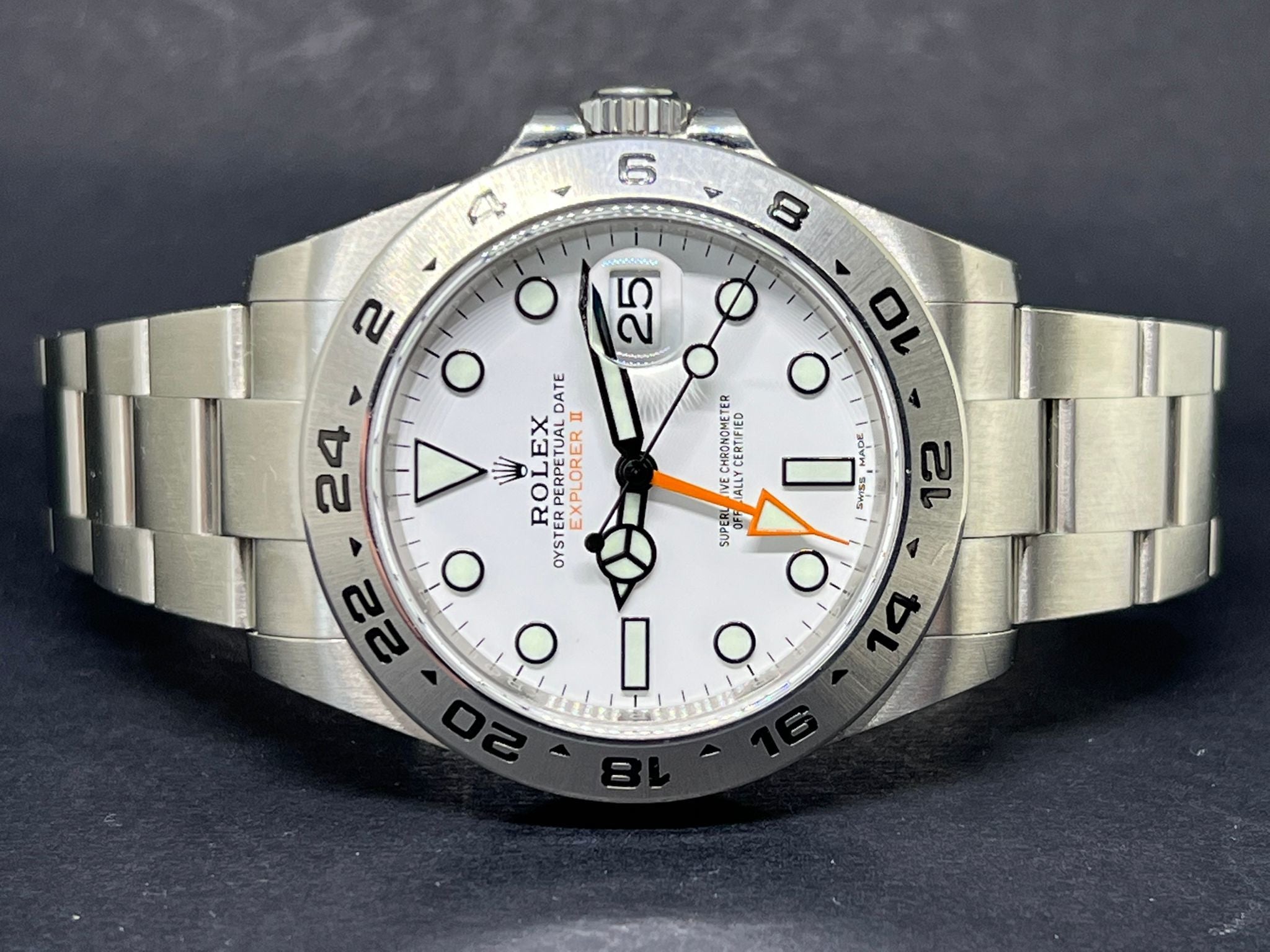 Source: www.watches.de
Source: www.watches.de
The Explorer II ref. 1655 had a black dial with white hour markers, as well as sandblasted hour, minute, and seconds hands to guarantee maximum legibility. Setting something white against a black background always guarantees maximum legibility. However, it turns out that setting black against white is equally legible, and perhaps the first cue as to why so many watch collectors turn towards the Polar dial. However, it seems that there are a multitude of reasons why people prefer Polar dials, as we will see below.
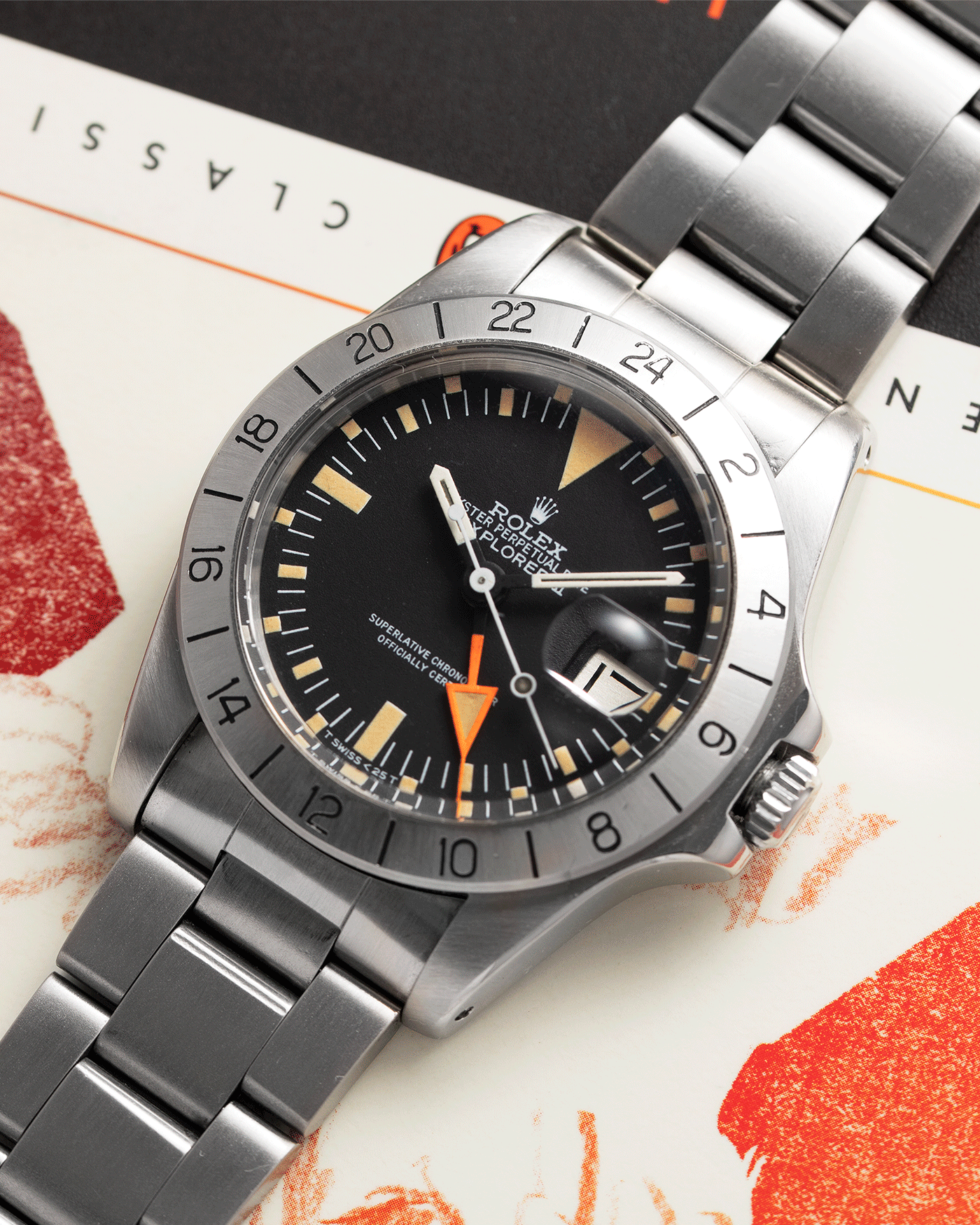
Source: www.ssongwatches.com
Why People Prefer the White "Polar" Dial Explorer II
Although we've become accustomed to the Polar Explorer II, white dial Rolexes are quite rare, whether looking at the brand’s past or current catalogs. For example, we’ve never seen a white dial Submariner and with a few rare exceptions, neither have we seen a Polar Explorer I. Actually, and as I wrote here, white dial Rolexes are, more often than not, the result of a production error or simply an ultra, super limited edition of a model. This is why we’ve all seen photos of a few rare GMT-Masters with a white or cream colored dial. So, this would explain in part why the Polar Explorer II is so popular today: it’s rare. I’m afraid there is no other way to go about this. Generally, what is rare becomes popular; many collectors simply relish the idea of owning something that few own.
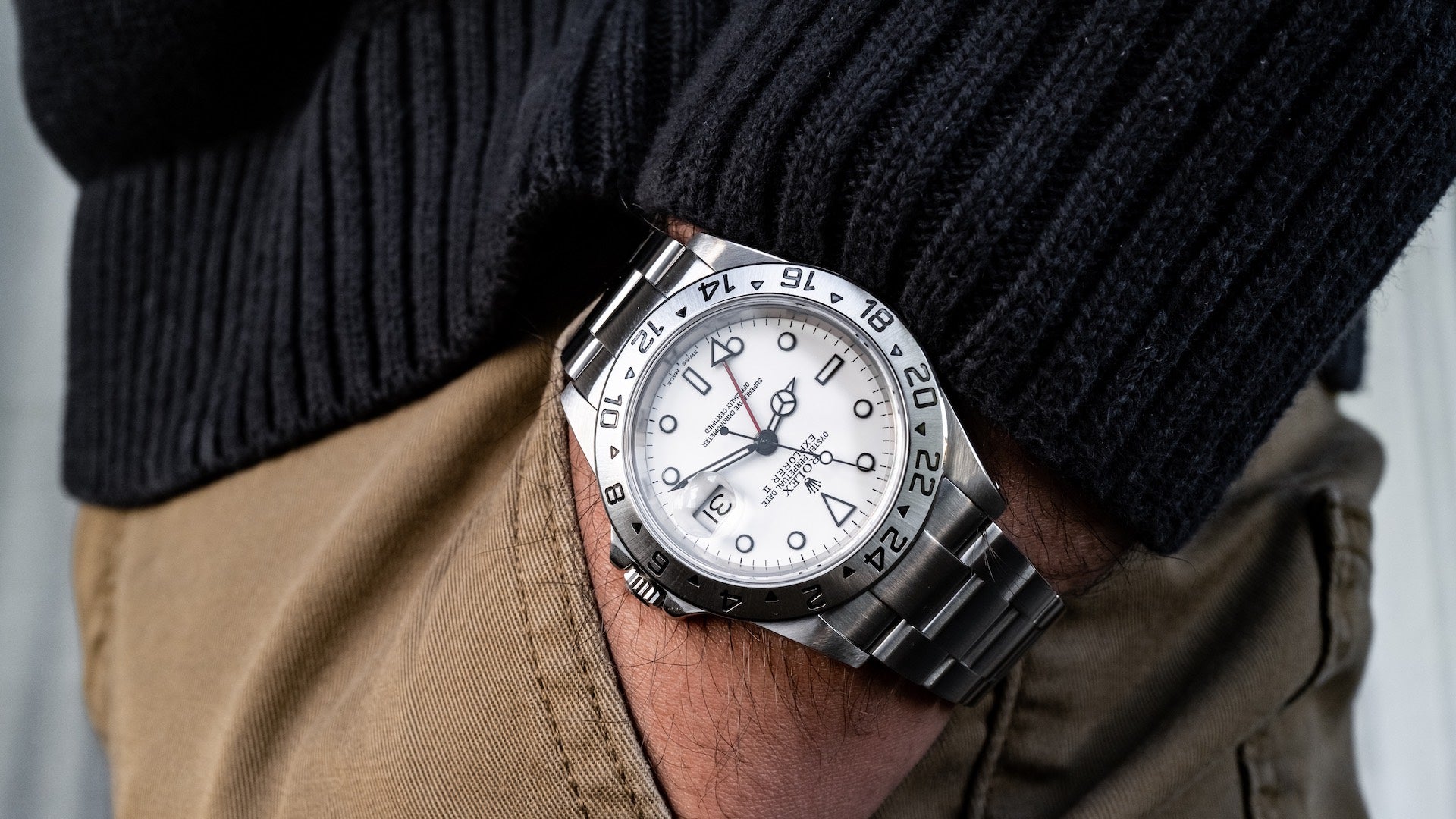 Source: www.ablogtowatch.com
Source: www.ablogtowatch.com
It should be noted that, today, Rolex offers white dial Explorer IIs as part of their permanent catalog. Perhaps this is a reaction to the popularity of the ref. 16570 and its predecessor, the 16550 which marked the beginning of the typical Rolex sport design watches (you know how most Rolex sport models more or less look the same, whether it be a diver, a GMT, or an Explorer?). In short, the other reason why people opt for the Polar Explorer II is looks: the black-surround applied hour markers and hands contrast nicely against the glossy white dial. This color-combination evokes the exploration of ice caves or distant and difficult-to-reach mountain peaks: not the jungle caves that the first Explorer II was probably made for.
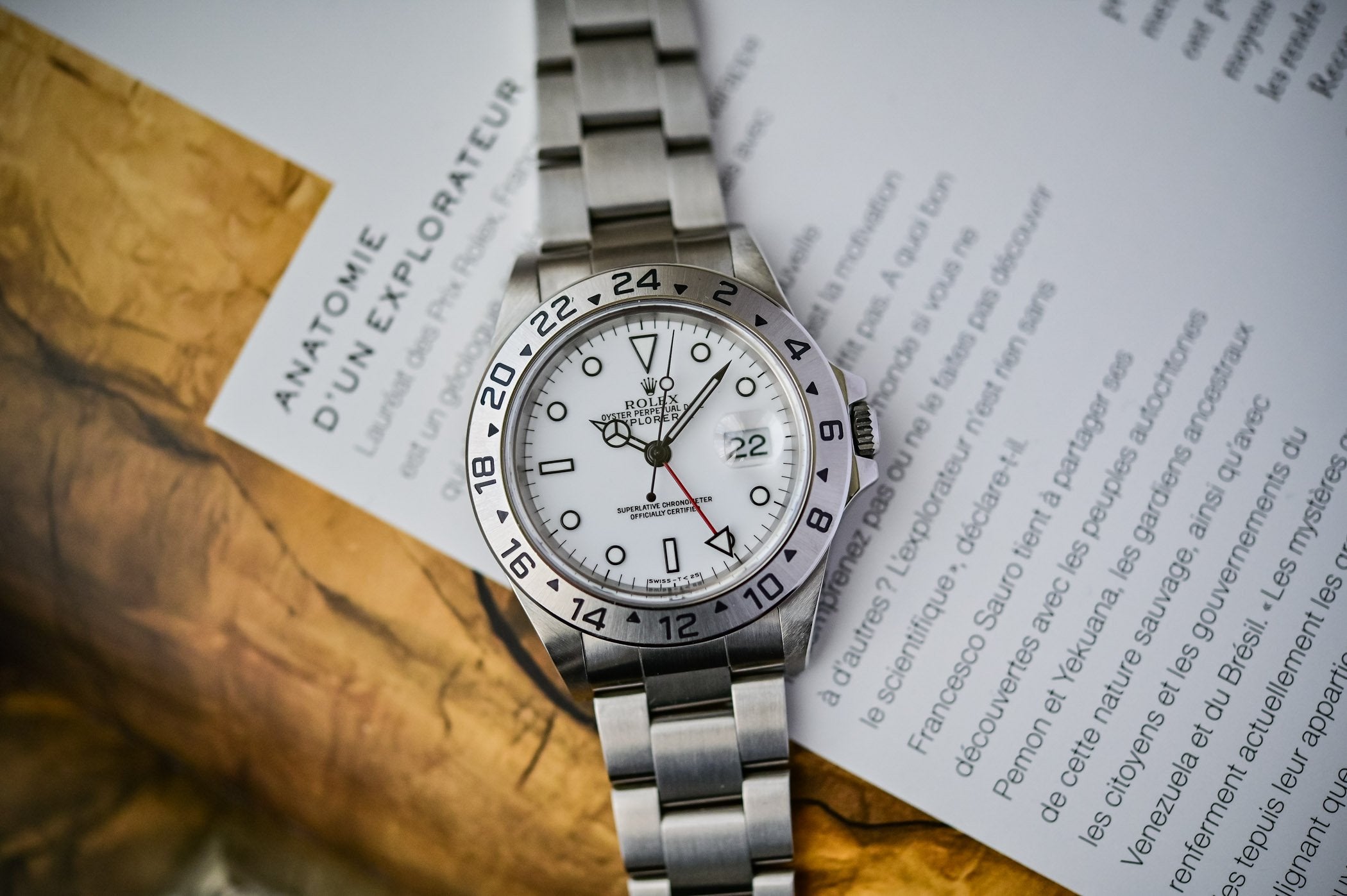 Source: www.monochrome-watches.com
Source: www.monochrome-watches.com
Why People Prefer the Black Dial Explorer II
In addition to being the color of the first Explorer II, many might prefer the black dial version because it looks more timeless and classic. Rolex has a knack for making gorgeous lacquered black dials against which white-gold applied indices shine. There is something about this color combination that will never get old and, to be a bit more pragmatic here, also guarantees superlative legibility: an important requisite for any proper tool watch. I could easily picture someone (with the financial means to do so) owning both variants to choose the right one given the exploration setting. After all, the Explorer II can also be used as a travel watch given its true GMT complication and inherent robustness.
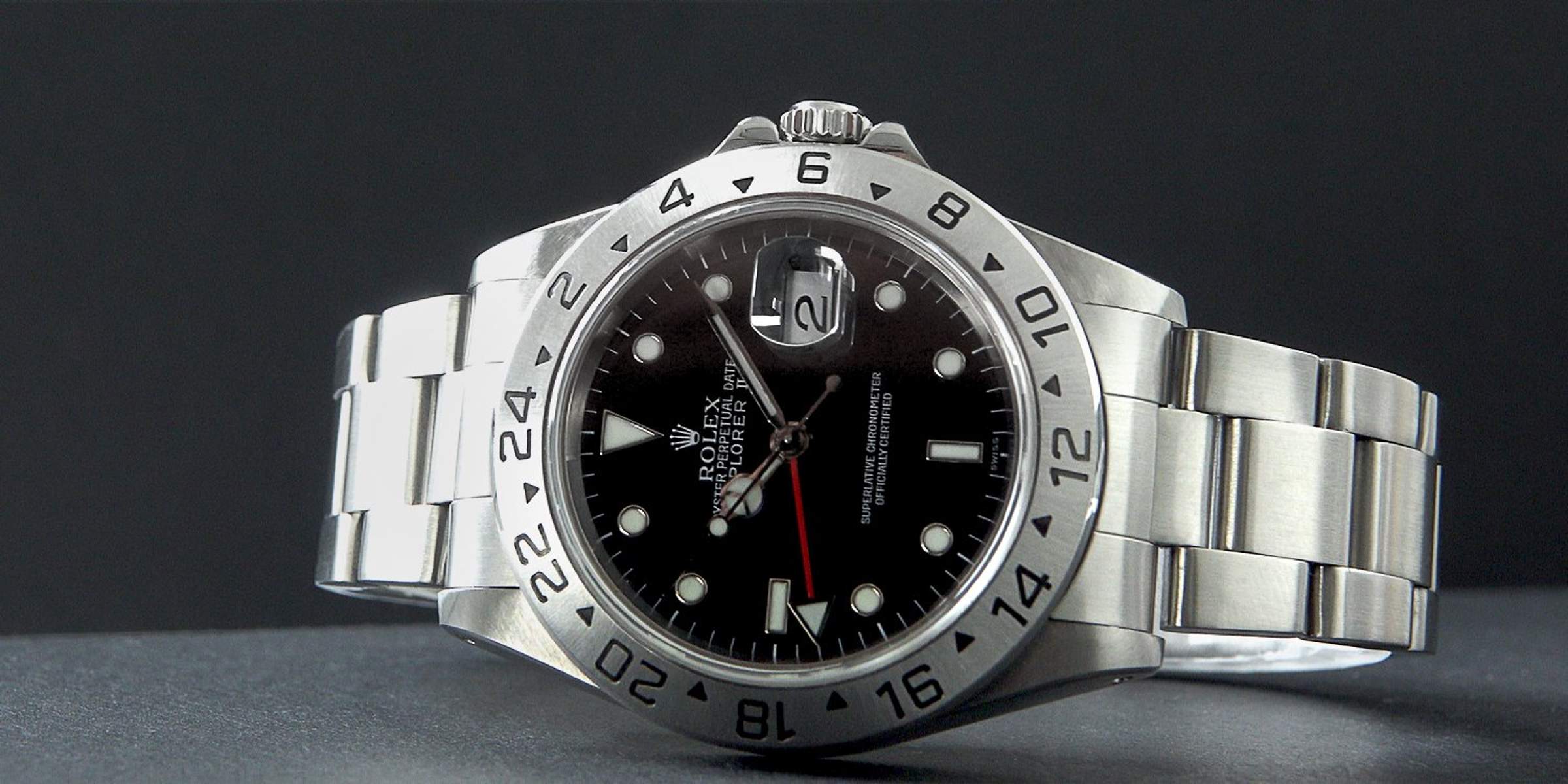
Source: www.chrono24.fr
Final Thoughts
Although I typically gravitate more towards black or gray dials (I know, I’m very boring), I could see myself opting for a Polar Explorer II over a black one. Maybe I’m saying this because I’ve seen too many photos of white dial Explorer IIs being taken on amazing adventures. After all, that is the power of the internet—to make us dream of going on adventures with the appropriate tool watch on our wrist. But these are just my thoughts. What are yours? Do you have a preference for white or black? Please let me know your thoughts in the comments below.
Featured image: www.watchclub.com











Leave a comment